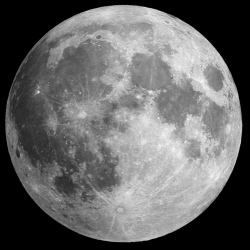
The deadline for the Google Lunar XPrize has again been pushed back, this time to March 31, 2018. After over 10 years and multiple deadline extensions, it is hoped that this is the final elay for what has undeniably been an ambitious competition to get the first privately funded spacecraft onto the Moon.
The competition initially began with a rather straightforward brief – fly a spacecraft to the Moon, land, travel 500 m (1,640 ft) and transmit HD video back. The first entity to achieve those milestones would snatch a prize of US$20 million. As the years progressed, the creators of the challenge recognized the degree of difficulty of what they were asking and added several million dollars in developmental milestone awards.
In January the competition was whittled down to five serious contenders, who all secured launch contracts to take off sometime in 2017. Up to now the competition has stipulated that each mission must be launched by December 31, 2017. The Lunar XPrize organizers have now removed that rule and replaced it with an overall mission completion deadline of March 31, 2018. This allows the teams to launch early in 2018 as long as they hit the major achievements in the mission brief by the deadline.
Two new milestone prizes have also just been announced, perhaps in an attempt to mitigate the potential disappointment of a team not hitting every lofty goal necessary to win the major prize.
The first team to either complete one orbit around the Moon or begin a decent to the lunar surface will be awarded $1.75 million. A soft landing prize of $3 million will also be awarded to the first team to transmit data back establishing a successful landing on the surface.
"XPRIZE and Google are thrilled to offer these additional in-space Milestone Prizes as a further incentive for finalist teams and to recognize the full gravity of these bold technological feats taking place in the race to the Moon," says Chanda Gonzales-Mowrer, senior director, Google Lunar XPRIZE.
Fingers-crossed this is the last big delay and we can look forward to some exciting footage sent back from the Moon in early 2018.
